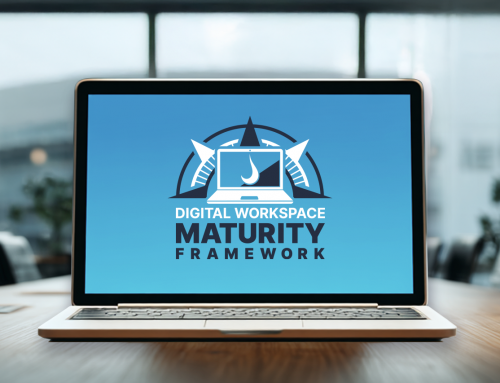“Magic’s just science that we don’t understand yet.”
•Â Arthur C. Clarke
Over years of conversations with IT professionals, I have found widely varying experiences and perceptions as it relates to virtualizing desktop workloads, specifically in the realm of virtual desktop infrastructure (VDI). There is a broad sophistication or intelligence explosion (see Technological Singularity) that has not yet reached critical mass. This is not a criticism of our intelligence – it is merely my assertion that we have not yet matured from the realm of magic to science.
Make no mistake. There is typically not a flashbulb moment as it relates to this understanding. The desktop paradigm shift that is occurring is complex. Unlike many other changes in the IT world, virtualizing desktop workloads requires us to do things differently; and more importantly, it involves both technological and organization change to reap the full benefits.
I have found that most IT professionals excel at one or the other of these skills—but not both. Learning, researching and understanding the architectural shift has become easier. We here at Liquidware Labs are focused on exactly this—not to mention creating the tools to allow us to make these shifts easier and more science-based.
Solutions like Liquidware Labs StratusphereTMÂ FIT, StratusphereTMÂ UX and the family of technologies in ProfileUnityTM offer us the confidence and conviction to make these technological changes. But the organizational shift is another beast altogether (more on that in another post). In this post, I want to briefly describe the first step that most successful projects have followed to overcome the technological change: the assessment
Where to End
I like to start any project with a good sense of where I hope to end. Knowing what success looks like makes it easier to cast the correct plan of attack, and provides some validation of the key indicators you should be looking at to remain on course. Specifically, I’m talking about a desktop assessment with Stratusphere FIT.
As a former IT professional and solutions provider myself, I know first-hand that not all IT assessments are created equal—some are far more valuable than others. In fact, some are not worth the paper they’re printed on. When it comes to VDI, there are two major hurdles that must be overcome. Both are complex, but one is insurmountable unless you happen to also have a PhD in human-computer interaction.
Many early adopters of VDI assume (correctly) that measuring desktop workloads prior to beginning a virtualization project is a critical first step. This exercise, while supporting initial investment and build out, also supports the following:
- Sizing of the overall infrastructure, inclusive of the total CPU, RAM and storage requirements
- Provides visibility into how users naturally group, such that a determination and prioritization of “when” and “how”specific user groups should be virtualized based up resource needs
Humans are Often not Predictable
This second step is more challenging than it may seem as it involves a human element. Human beings are complex. And most of us are not very good at estimating how users consume desktop resources. Trust me when I say this: don’t guess. We have led multiple thousands of desktop assessments, and I’m often surprised at who within the organization is consuming the most resources.
In addition to supporting the initial investment and build out, there are other important benefits associated with the assessment step, specifically as it relates to creating the optimal virtual machine image; namely:
- Monitor application use as it relates to desktop pools and images—if for no other reason, this attribute of the assessment helps you to better understand what applications are used versus installed
- Capture the baseline user experience in the current environment—critical to ensure you provide an equal-to-better user experience when physical desktops are virtualized
Liquidware Labs Stratusphere FIT provides assessment analytics to support a thoughtful metrics-driven VDI approach. As noted, these metrics include details to assist with quantifying compatibility elements, application inventory and the human element. Other details include:
- Assess & Baseline Machines, Users, Applications & Infrastructure
- Rate User & Application Fitness
- Measure Endpoint Network Latency & GPU Usage
- Capacity Plan CPU, Memory, & IOPs per Application
- Specify Exact Applications for Image Design, Project BoM, Host & Storage Design
Assessing your VDI resource needs is critical to ensure that you end your project successfully. Stratusphere FIT provides the visibility to identify potential constraints, determine VDI compatibility and gain valuable insight into applications that will become a part of your delivery. These important attributes will assist in the design, hardware sizing, and profile and image creation steps necessary to deliver virtual desktop workloads.
Where to Begin
I could not be happier to be a part of a team helping to transform and support the desktop paradigm shift upon us. I strongly believe the change ahead will be profound. And those that embrace a thoughtful approach will reap the benefits for themselves and their organizations.
Before you get hung up in hardware configurations, RAM, CPU, storage, IOPs, profiles, persistent vs. non-persistent pools, etc., take a moment to assess where you are today—and where you will need to be to reap the full power of VDI. This is a journey. And we must have patience if we are to benefit from the science that is being cast. In my next post I’ll tackle the second critical element of this VDI journey: the proof of concept.








Leave A Comment
You must be logged in to post a comment.